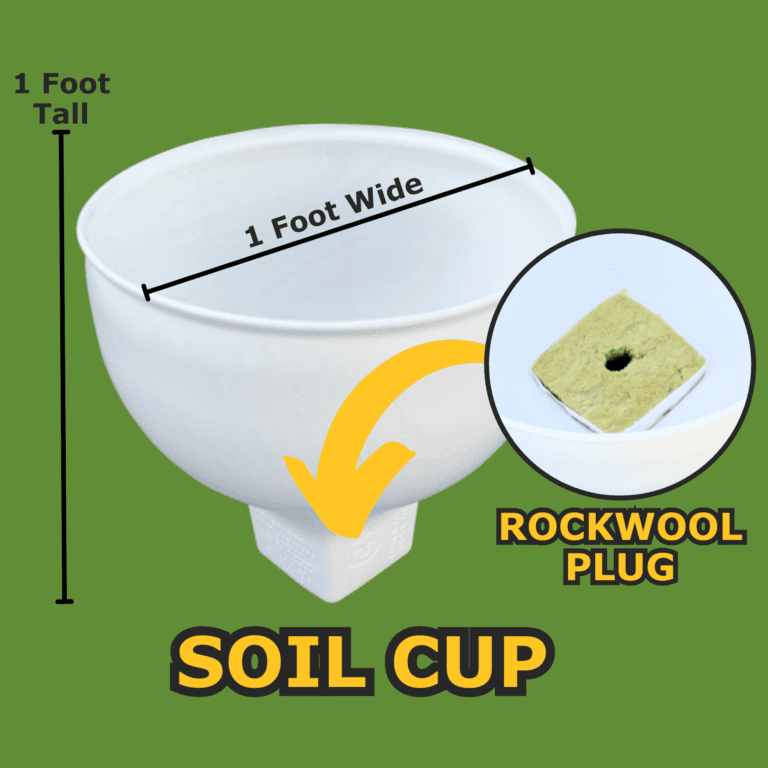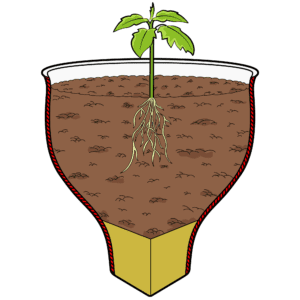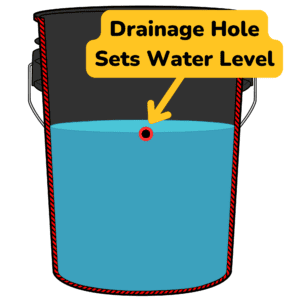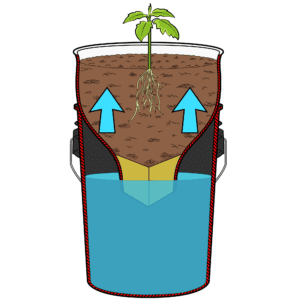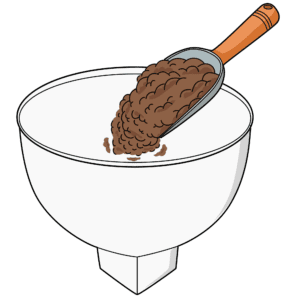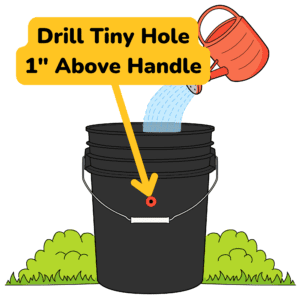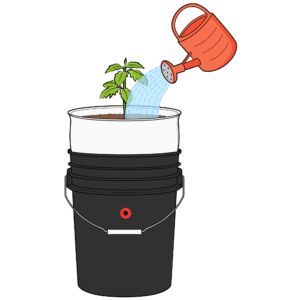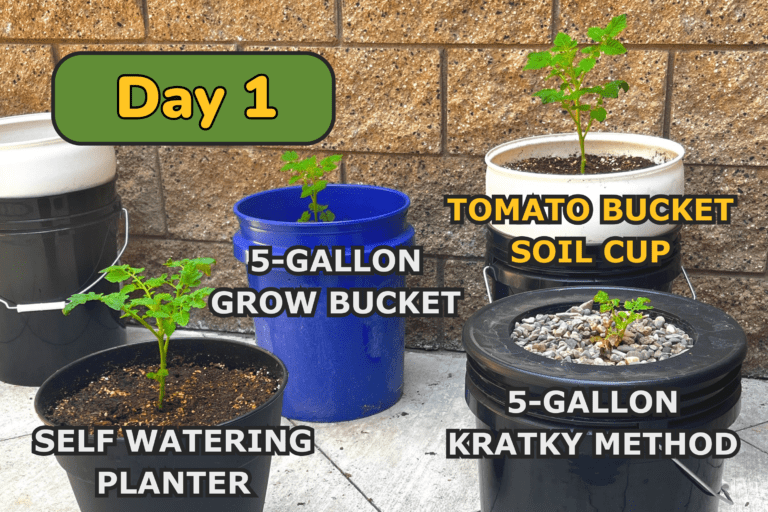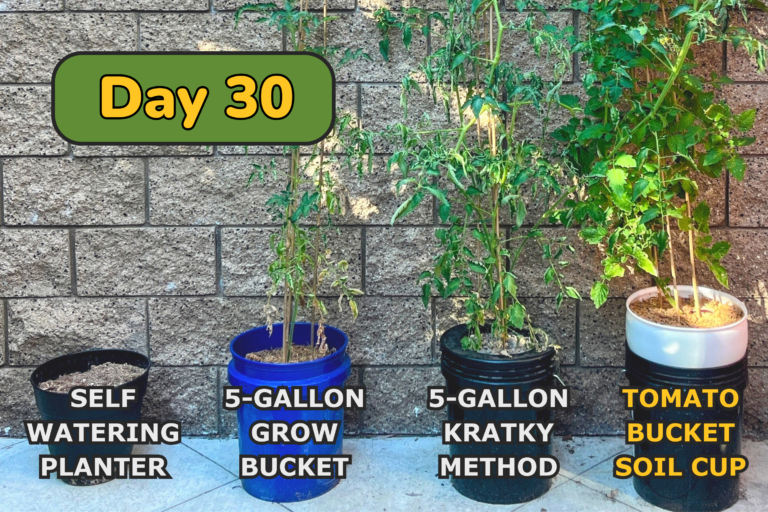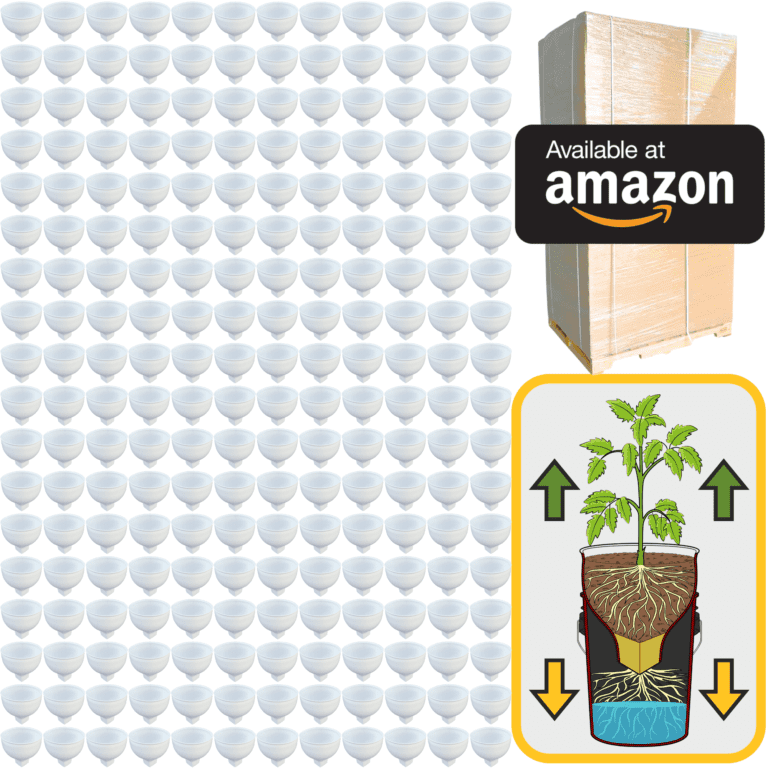Creating the right environment for your hydroponic plants is essential for their health and productivity. While hydroponics provides the advantage of precise nutrient delivery, factors such as light, temperature, and humidity significantly influence how well your plants will grow. As a gardener, understanding and managing these elements will help you cultivate a thriving hydroponic system and yield the best results.
Light is the lifeblood of plant growth. In a hydroponic setup, the right light source helps plants carry out photosynthesis, the process by which they convert light energy into the food they need to grow. If you’re growing indoors, consider investing in quality grow lights. LED lights are popular among hydroponic gardeners because they are energy-efficient and can be adjusted to emit specific wavelengths that plants need at different stages of growth. Generally, blue light is best for vegetative growth, while red light is crucial for flowering and fruiting. Many growers opt for full-spectrum lights that mimic natural sunlight, providing a balanced range of wavelengths to support all stages of growth.
The duration of light exposure is just as important as the type of light. Most plants thrive on a light cycle of 12 to 16 hours of light per day. Using timers to automate your lighting schedule can make this easier, ensuring that your plants receive consistent light without the need for constant monitoring. This consistency is key to robust growth, as it allows your plants to develop a rhythm and take full advantage of the energy provided by the light.
Temperature is another critical factor in creating the perfect environment for your hydroponic garden. Most plants grow best in a temperature range of 65 to 75 degrees Fahrenheit (18 to 24 degrees Celsius) during the day, with slightly cooler temperatures at night. Keeping your growing area well-ventilated is essential; it prevents overheating and ensures fresh air circulation. You can use fans to maintain airflow, which also helps strengthen plant stems. If the temperature rises too high, consider using air conditioning or placing your setup in a cooler area to keep your plants comfortable. On the flip side, if it gets too cold, especially at night, using heat mats can provide the warmth your plants need to stay healthy.
Humidity plays a vital role in plant health as well. Plants transpire moisture through their leaves, and maintaining the right humidity level can help prevent excessive water loss. Most plants thrive in humidity levels between 40% and 60%. If the air is too dry, you might notice that your plants become wilted or stressed. Misting your plants or using a humidifier can help maintain adequate humidity. Conversely, if humidity levels are too high, you risk promoting mold and mildew, which can harm your plants. In this case, increasing ventilation or using a dehumidifier can help maintain a healthy balance.
As you create this optimal environment, observe your plants closely. They are excellent indicators of their well-being. If you notice yellowing leaves, it could signal that they need more nitrogen, but it might also indicate light or temperature issues. Browning leaf edges may suggest that humidity is too low. Becoming attuned to the signs your plants give you will enable you to adjust conditions quickly and effectively.
A successful hydroponic setup requires a bit of attention and adjustment, especially in the early stages. As you monitor your environment, keep a gardening journal to record your observations, successes, and any challenges you encounter. Documenting your experiences will help you identify patterns over time and fine-tune your setup to better meet your plants’ needs.
In hydroponics, the interplay of light, temperature, and humidity creates the foundation for your plants to thrive. Understanding these elements allows you to become a more responsive and effective gardener. You’ll find that each adjustment you make, whether it’s changing the light cycle, adjusting temperature, or managing humidity levels, brings you one step closer to cultivating a vibrant, flourishing garden.
Hydroponic gardening is not just about the plants; it’s about creating a nurturing environment that allows them to thrive. With every successful cycle, you’ll deepen your understanding of what your plants need and how to provide it. This journey is as much about personal growth as it is about nurturing your plants. The rewards of your hard work will manifest in lush foliage, vibrant blooms, and delicious fruits and vegetables. Each harvest will remind you of the joy of gardening and the beauty of watching your plants flourish under your care.
So, immerse yourself in the experience, enjoy the learning process, and take pride in creating an environment where your hydroponic garden can truly thrive. The connection you build with your plants will enrich your gardening experience, transforming each moment of care into an opportunity for growth—both for your plants and for you.

